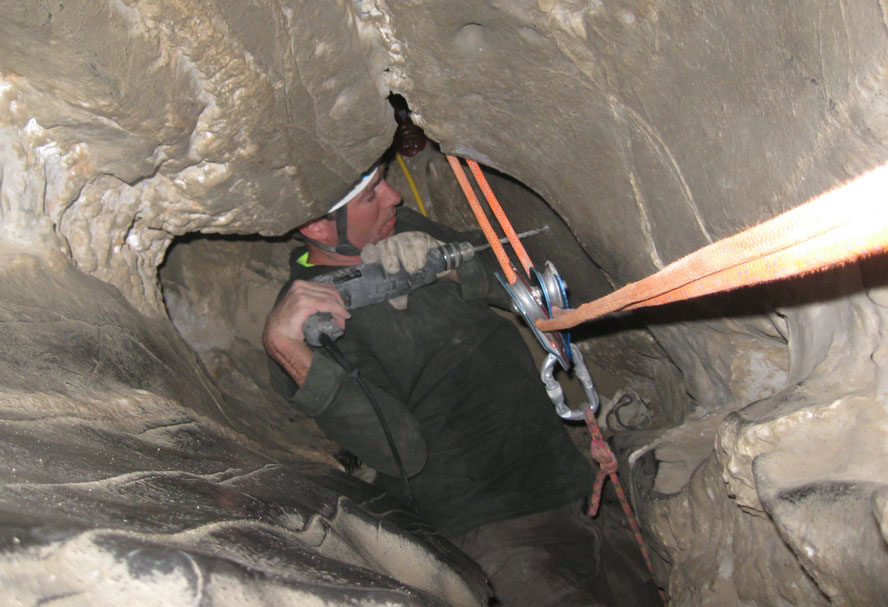

Ī film about the tragedy titled The Last Descent, produced by James Halasima, was released on September 16, 2016. On April 4, 2018, the plaque that was engraved to memorialize Jones was reported to have been vandalized. The cave was closed prior to Jones' death, but cavers had cut their way through the gated entrance. Facebook community groups petitioned to save the cave but failed.

Some members of the spelunking community opposed the cave's closure. The School and Institutional Trust Lands Administration, who own the property, decided to seal off the entrance. Explosives were used to collapse the ceiling close to Jones' body, and the entrance hole was filled with concrete to prevent further access.

Rescuers concluded that it would be too dangerous to attempt to retrieve his body the landowner and Jones' family came to an agreement that the cave would be permanently closed, with the body sealed inside, as a memorial to Jones. Jones ultimately suffered cardiac arrest due to the strain placed upon his body over several hours by his inverted, compressed position. Still, they were unable to retrieve Jones using a sophisticated rope-and-pulley system after a pulley failed mid-extrication. A large team of rescue workers came to his assistance. Jones was held in place like a hook, unable to move without causing serious harm due to the bends his body was placed in. While exploring with his brother Josh, Jones mistook a narrow tunnel for the similarly tight "Birth Canal" passageway and became stuck upside-down in an area measuring 10 by 18 inches (25 by 46 cm), around 400 feet (120 m) from the cave's entrance. On November 24, 2009, a man named John Edward Jones (Janu– November 25, 2009) became stuck and subsequently died in the cave after being trapped inside for 28 hours. On May 18, 2009, the cave was reopened to the public. In early 2009, proper management was established and an application process was developed to ensure safety precautions were being met. A gate was installed on May 24, 2006, and the cave was temporarily closed. The cave’s popularity had caused excessive smoothing of the rock inside the cave to the point it was predicted a fatality would occur in one of the cave's more prominent features, a 45-degree room called "The Big Slide". It was estimated the cave was receiving over 5,000 visitors per year, with many visitors often entering the cave late at night and failing to take proper safety precautions. In 2006, an effort was put forth to study and severely limit the number of visitors allowed inside the cave.

īefore 2009, this cave had four separate rescues of cavers and Boy Scouts, who got stuck inside the cave's tight twists, turns, and crawls. It contains 1,400 feet (430m) of chutes and tunnels and, prior to closure, had been accessible via a narrow surface hole. Because the cave was formed upward with superheated water forming limestone, many additional minerals make up the complex structure. The clay-like texture is composed of silicon dioxide commonly found in sand. Green originally thought of calling it " Silly Putty" but later decided "Nutty Putty" sounded better. The cave system was named after the soft, brown, putty-like texture of the clay found in many of its passages. The cave, first explored in 1960 by Dale Green and friends, is currently owned by the Utah School and Institutional Trust Lands Administration, and managed by the Utah Timpanogos Grotto. Formerly popular with cavers and known for its narrow passageways, Nutty Putty has been closed to the public since 2009 following a fatal accident that year. Nutty Putty Cave is a hydrothermal cave located west of Utah Lake in Utah County, Utah United States.


 0 kommentar(er)
0 kommentar(er)
